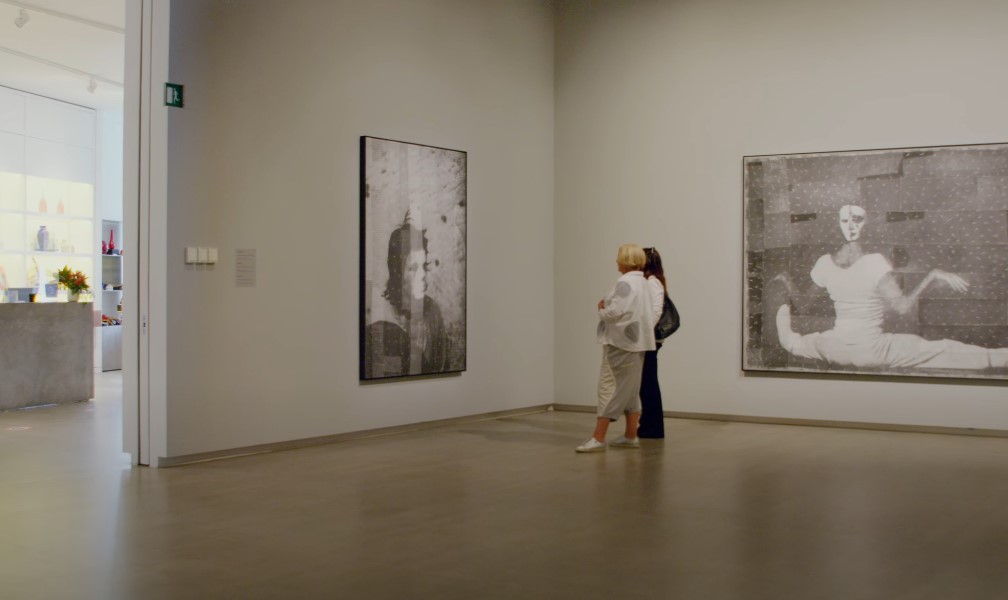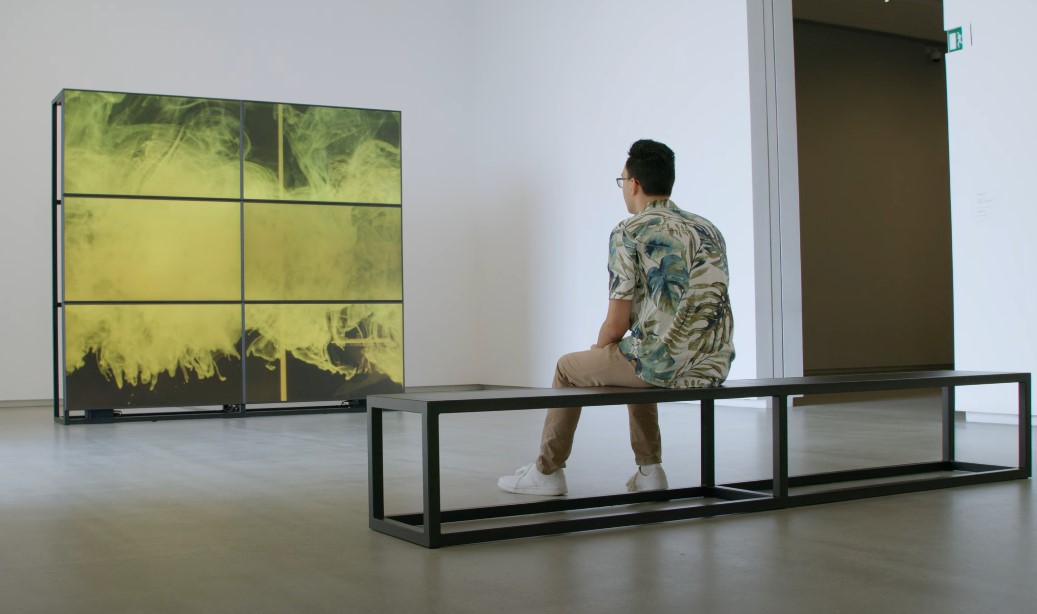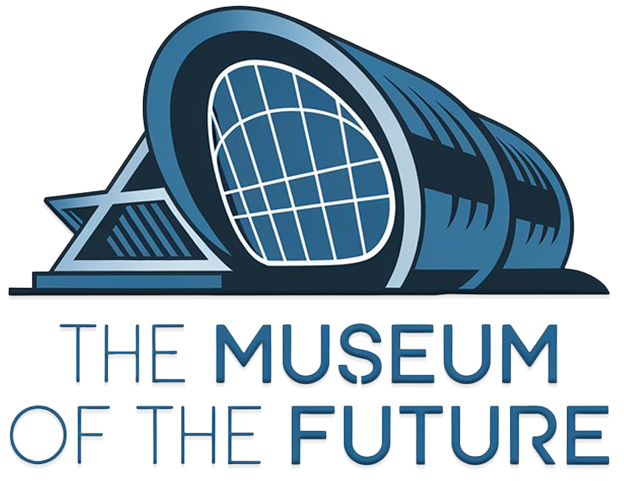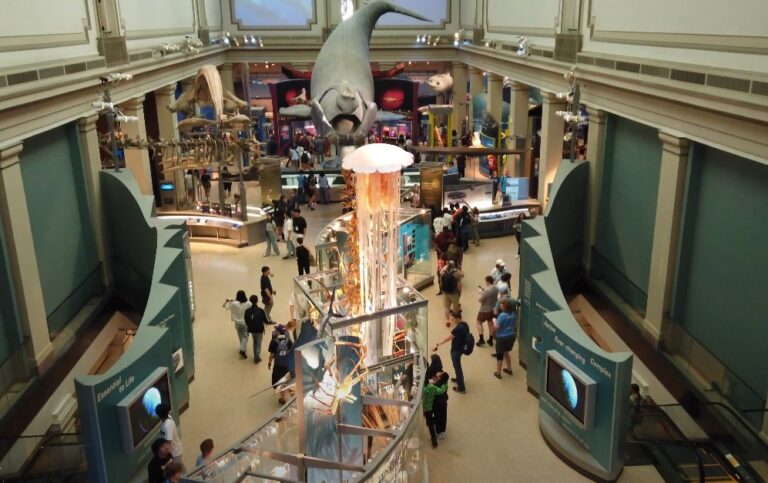Museums are often viewed through a simplistic lens, categorized as nonprofit institutions dedicated to preserving culture and history.
While this label fits neatly into a traditional understanding, it fails to encapsulate the multifaceted roles museums play in today’s society.
The question “What industry are you in?” invites a deeper exploration of the identity and purpose of museums, challenging the conventional boxes they are often placed in.
Breaking Free from “Nonprofit”

The instinctive answer for many would be “Nonprofit.” After all, museums don’t exist to generate profit in the conventional sense. Their purpose isn’t to rake in revenue but to serve as custodians of culture, education, and inspiration.
However, this perception often oversimplifies the financial and operational realities. Many of them operate with hundreds of millions in assets, standing far apart from the struggling charities traditionally associated with the nonprofit label.
While museums don’t chase financial profit, they aim for a different type of gain, one measured by the value they add to people’s lives.
Why the “Nonprofit” Label Falls Short
The term “nonprofit” oversimplifies the rich and multifaceted contributions of museums.
By framing themselves solely within this category, museums risk being underestimated in their societal role. Their influence goes far beyond the typical associations of the term.
- Museums preserve and showcase humanity’s collective heritage, ensuring that knowledge, history, and creativity are accessible to future generations.
- Through exhibitions, programs, and interactive experiences, museums connect with communities, fostering understanding and dialogue.
- Museums serve as centers of learning, stimulating curiosity and creativity for visitors of all ages.
- Many museums play active roles in revitalizing neighborhoods, attracting tourism, and contributing to local economies.
Beyond Financial Definitions

Defining museums strictly by their nonprofit status also fails to account for their operational diversity.
Many museums run as hybrid organizations, adding elements of business, education, and entertainment.
For instance:
- Some museums generate revenue through:
- High-profile exhibits
- Retail shops
- Event spaces
- Partnerships with corporations or media companies often expand their reach and resources.
- Digital platforms and virtual tours enable museums to monetize their content while extending their cultural offerings globally.
They are far more than financial entities; they are hubs of inspiration, education, and connection.
Redefining Profit

In this context, museums exemplify a broader definition of profit, one that values human enrichment over monetary gains.
Their contributions include:
- Museums create shared spaces where diverse groups can explore and celebrate cultural differences and commonalities.
- From young students to older adults, they inspire curiosity and a love of learning across generations.
- They do not only display art but also support artists, writers, historians, and technologists who help bring their stories to life.
Industry vs. Profession

Museums are fascinating institutions that defy easy classification, especially when examining the interplay between industries and professions.
While curators, educators, and archivists often represent the public-facing roles in a museum, the ecosystem behind the scenes is far more complex.
The intersection of expertise highlights how museums operate at the confluence of multiple sectors, transcending traditional definitions of industry and profession.
Public-facing roles:
- Curators craft compelling exhibitions and narratives.
- Educators design programs to engage and inform visitors of all ages.
- Archivists preserve invaluable collections for future generations.
Behind-the-scenes professionals:
- Finance experts ensure budgets are balanced, endowments grow, and projects remain sustainable.
- Legal advisors navigate the complexities of intellectual property, acquisitions, and compliance.
- Retail professionals manage museum shops and online stores, contributing to revenue generation and visitor satisfaction.
Beyond Traditional Nonprofit Roles
The traditional view of museums as nonprofits often centers around their public-facing mission of education and preservation. However, the reality is far more intricate:
- Museums often partner with media companies, tech firms, and retail brands to enhance their outreach and operational capabilities.
- Beyond donations and grants, museums rely on ticket sales, merchandise, licensing agreements, and even hospitality services, which blur the line between nonprofit and commercial activity.
- The need for professionals skilled in marketing, project management, and digital technology further expands the industrial overlap.
The Collective Mission Matters Most
What unifies these disparate roles and industries is the museum’s overarching mission: to add value to society through education, inspiration, and engagement.
The question, “What industry are you in?” becomes less about categorizing them under a single label and more about understanding the societal impact they aim to achieve.
The Industry of Imagination and Participation

The future of museums lies in embracing their identity as part of the “industry of imagination and inspiration.”
The redefinition is not about abandoning their foundational roots in education or preservation.
Instead, it’s about evolving to spark curiosity, foster creativity, and encourage active participation.
What this shift entails:
- Museums ignite interest by presenting stories, artifacts, and experiences in innovative ways that challenge visitors to think critically and explore new ideas.
- Through interactive exhibits, workshops, and maker spaces, they encourage visitors to tap into their creative potential, making them co-creators of the experience.
- Modern ones invite visitors to become active participants, whether through digital engagement, user-generated content, or hands-on activities within the museum space.
Aligning with the Media/Entertainment Industry
View this post on Instagram
By redefining themselves as participants in the Media/Entertainment industry, museums can amplify their societal impact in several ways:
- Museums can leverage technology, such as virtual reality, augmented reality, and digital storytelling, to present narratives that captivate and educate at the same time.
- Through online platforms, virtual tours, and live-streamed events, they can break geographical boundaries, connecting with audiences worldwide.
- Adding elements like soundscapes, tactile exhibits, and immersive environments enhances engagement, making visits memorable and impactful.
- Addressing current societal issues and including contemporary art or themes ensures they remain relatable and significant in the modern era.
The Bottom Line
Museums defy simple categorization. They educate, inspire, and entertain, transcending the limits of traditional industries.
While they may historically be seen as nonprofits or educational institutions, the modern museum is much more. It is a player in the Media/Entertainment sector, engaging audiences through:
- Creativity
- Storytelling
- Participation
Museums will continue to shape and redefine their role in society, embodying the very best of imagination and inspiration.

